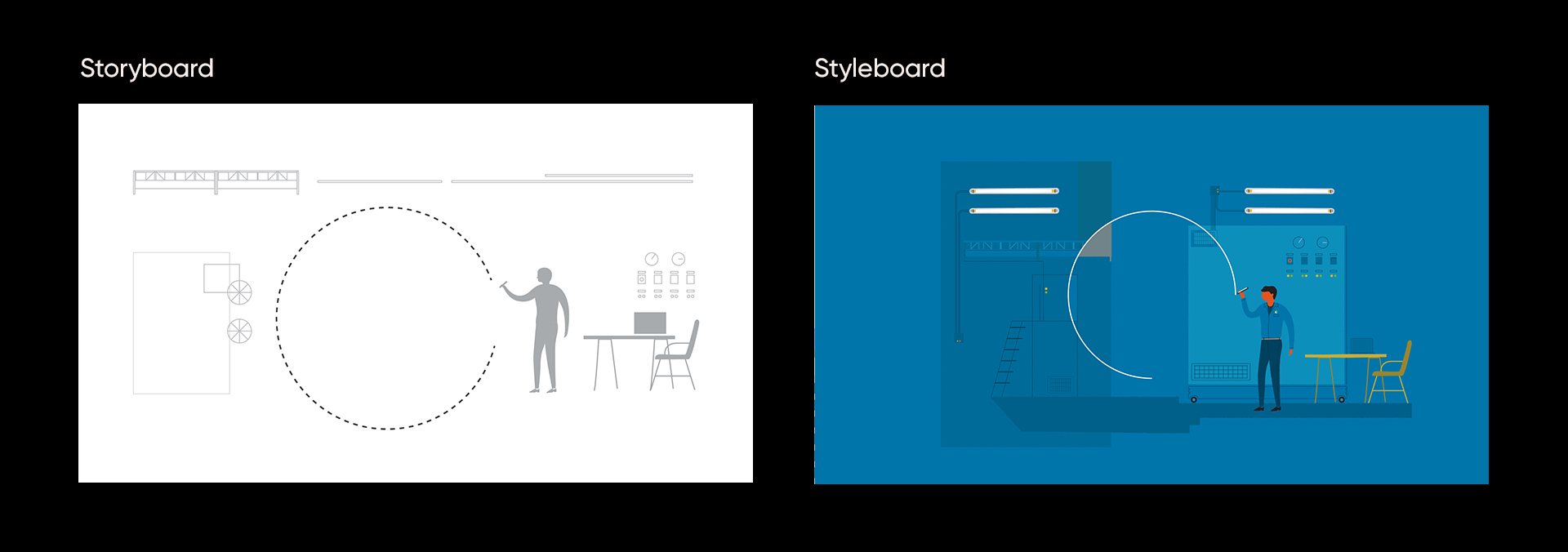If you’re looking for an easily digestible way to communicate what your company does, consider producing an explainer video. Instead of trying to describe your company’s process or services with plain text, an explainer video uses animated visuals and straightforward language to help convey it all to the viewer, usually within 90 seconds or less. While the style of videos can vary widely, the more popular ones tend to have a combination of infographics, typography and character animation. They also usually include audio elements such as a narrator voice-over, music, and sound effects. Explainer videos are a great tool for helping establish brand awareness, as they are more easily shareable and consumable through external channels like social media than an “About Us” webpage.
If you decide to invest in an explainer video, it would be a good idea to know the steps in the process for creating one. That way you can start out the project with not only an idea of what the finished product at the end should look like, but also the steps along the way.
Briefing – Here is where the overall scope of the project is pinned down. Things like how complex or simple the animations and style will be, will it include character animations or kinetic typography, etc. Determining the purpose of the video also happens here. Whether it is about a certain product your business sells, statistics and achievements of the business, or a more general process of the business, the brief will help determine how linear the story will be.
Script – Who writes the narration is up to the client; you can write it yourself, have the studio write it for you, or rely on a combination of both. The tone of the narration should be determined here. Does your business deal with more serious matters, or are you trying to get consumers excited about a product? This will influence how the narration will sound once it reaches recording.
Storyboard and Style – With the final script in hand, the creative and art directors will create a storyboard of the whole animation. Stills of each keyframe will be drawn to show the progression of the story. The look and feel and the animation will be determined here as well.



Animation – The biggest lift in the process! The animators will start animating the keyframes from the storyboard, along with the transitions between them, and any secondary animations that take place. This step can take up to a few weeks depending on how complex the animations are. Usually around three rounds of revisions are conducted to edit any scenes to the clients’ liking.
Audio Mixing – With the edits complete to the animation, the video will then be moved into an audio studio, where a professional will record the narration. Music and any sound effects will also be added.
Delivery – When the final audio has been added to the final animation, the project is now complete! Now is the time to upload it to your website, social media profile, or any other place you want. For an example, click here.
An explainer video is quickly becoming an important complement or even replacement to an “About Us” page on websites. And a reported 95% of people have watched at least one explainer video, meaning it is an effective way to engage with potential customers.